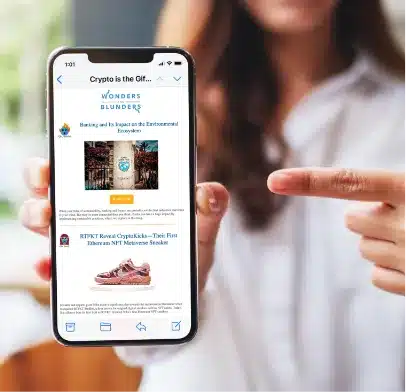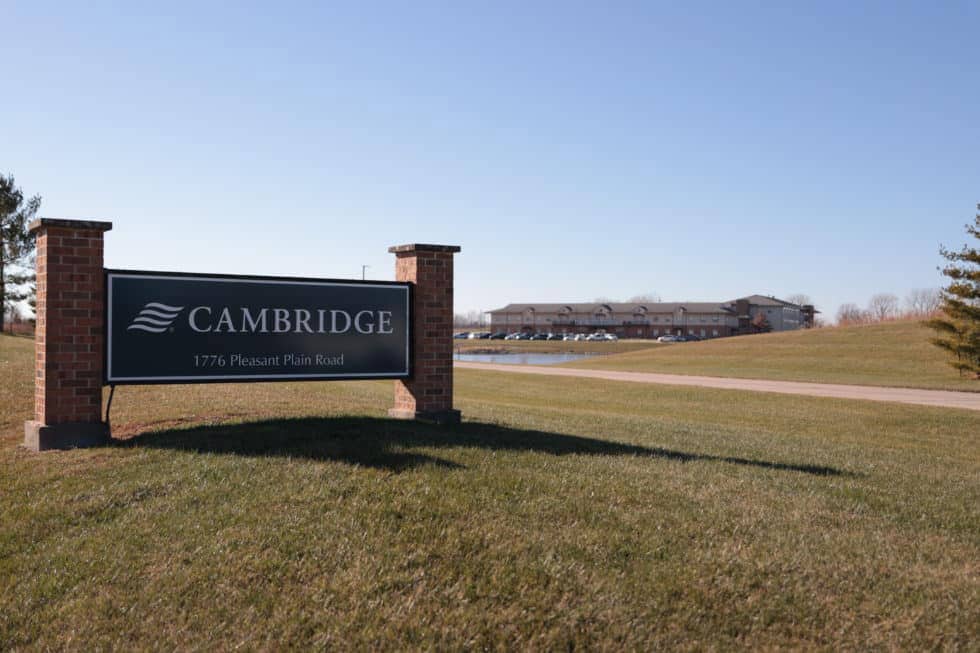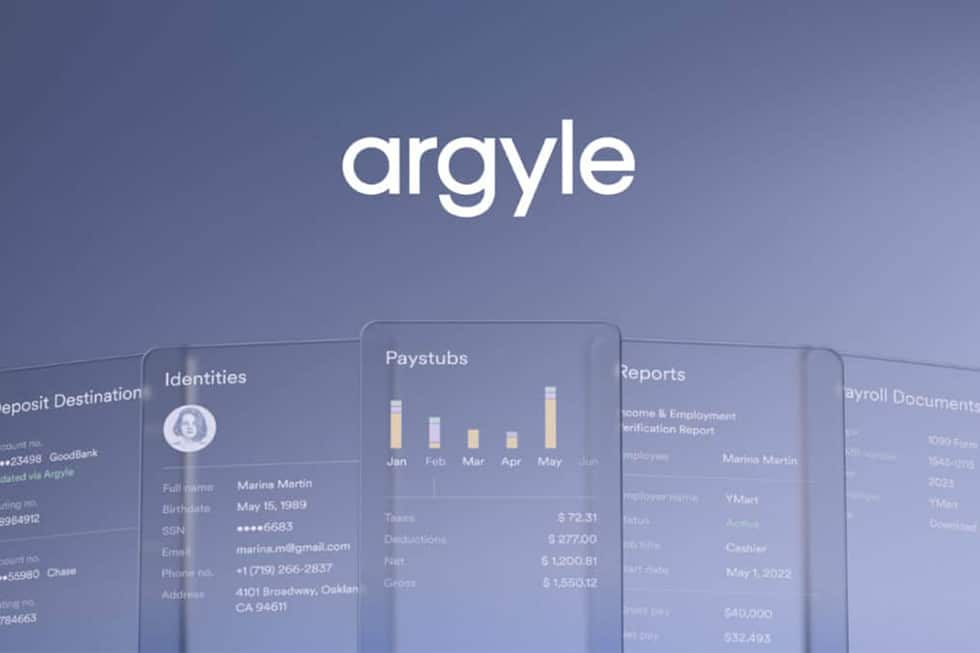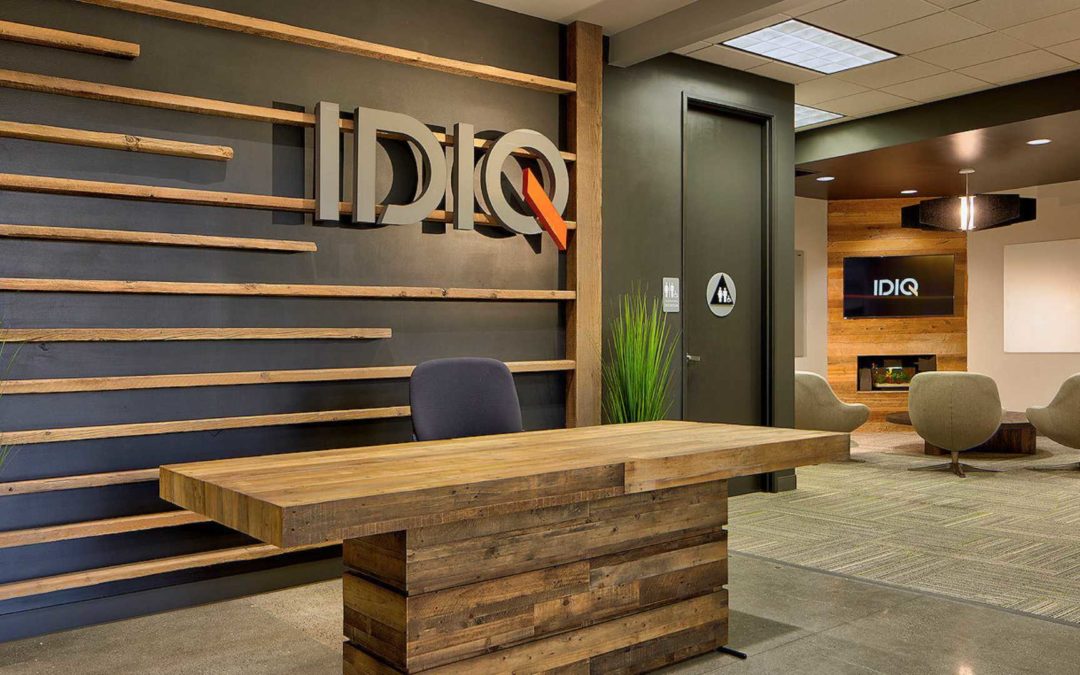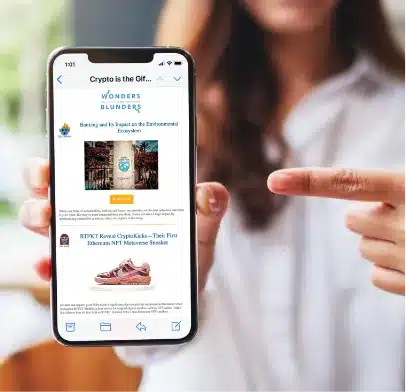We’ve all been there. You have a FANTASTIC new customer to announce that will really skyrocket your public relations program and make the top tier media outlets take notice of your brand. But the customer won’t play PR ball. How do you get customers on board with PR, leading to case study success?
Customer PR stories are a critical and all-too-often painful part of any public relations program. Media are telling you they ‘need a customer’ in order for their outlet to cover you. But, your customers aren’t happy to participate. Sadly, by the time you’re speaking to media, this ask is far too late. Building a successful customer PR program is a long game, and starts well before the PR stage.
Here are KCD PR’s top five tips for building up a successful customer PR program. They will also propel your brand and its value into the media spotlight.
1. It starts with the contract.
Participating in media work in some capacity should be included as part of the customer contract itself. I know, the sales lead is going to scoff because they don’t want to include anything that could potentially slow down the signing process. But in my 14 years of PR experience, the most successful brands I’ve worked with all include this as a clause in their contracts. ‘Participation in PR’ doesn’t have to be one size fits all either. Yes, we’d all like the full bells and whistles press release and participation in media interviews. But, sometimes simply being able to reference the customer’s name in a list of customers is enough to get press to start a conversation with you.
It’s all about the baby steps. Once you’ve given them a positive customer PR experience in even the smallest way, they will be far more open to discussing increased PR participation in future.
2. Sell the PR value.
This part is crucial. Customers need to understand how it will benefit them, not you. All too often PR professionals go into the conversation with what they need from the customer, often times for an urgent media opportunity with very little turnaround time. Why should your busy customer bother to stop what they are doing and help you? How will it help their business, and importantly, them personally in their role? Really think about the value you are offering them, and position your ask in that way.
For example, if it’s a smaller start-up customer – let them know that by participating in PR with you, they can leverage your company’s extensive PR resources (ie. you, the PR agency). It will to help raise awareness of their business. You already have critical media relationships in their space, and can help make intros for them. You can also take on the brunt of the work – drafting, pitching, scheduling and you can even media train them if it’s not something they’ve done before. If I’m a smaller start-up customer without a PR agency – to me, that’s a great deal.
If you’re approaching a larger brand (which is likely to be far more cautious and considered about media engagement and messaging), then use the same approach that you would with pitching a top tier media target. You wouldn’t go to the New York Times with a mid-level management appointment release, would you? No, you’d wait until you had a compelling, exclusive story that was uniquely targeted to that particular reporter. In the case of a big customer, approach that big brand with a story opportunity that will uniquely position the company. It must be in a light that aligns with its brand platform and strategic key messages, in an outlet that is influential to them, and in a way that allows them to jointly manage the conversation.
And finally, the best way to show value is to share examples where you previously helped customers to gain crucial media exposure, sales leads, etc. Results speak for themselves.
3. Make it easy.
So you’ve convinced the customer of the PR value to their business. Now it’s time to execute. Make it as easy as possible for them to provide their backing. If you’re doing a joint press release, draft the release for them and include a suggested quote – ensuring you’ve understood and incorporated their key messages and tone. If it’s an interview opportunity you’ve secured – manage all the comms and coordination for both them and your client (or jointly with their PR team). Ensure comprehensive briefing documents are prepared that incorporate both your client and customers’ key messages, and who will own specific talking points. In short, do the heavy lifting so they don’t have to.
4. Create a process.
Gather your sales leaders and PR team to create a comprehensive list of customer targets that have both positive results to share and that are going to be appealing to media. Ensure targets align with PR and business goals, and enlist your PR team’s support in communicating with customers (where appropriate) to enlist their PR support.
I once had a very well-known global client in the CRM software space, that made customer PR engagement an artform (as you might expect). We had an extensive list of potential customers across a variety of verticals. On a quarterly basis we would meet with the sales leaders to agree the warmest customer leads that had the most positive experiences and would thus be most open to PR. As a PR team, we would then prioritize and rank the customers we felt made the strongest media stories, and we would then work our way through the list – proactively approaching each customer (via email, phone etc) and trying to enlist them in doing joint PR in a way that made sense for their business. It was highly successful, and enabled us to gain PR exposure in ways that just wouldn’t be possible without a user story.
Another successful tactic we employed was holding regular meetings with the sales and account teams to explain the value of PR in helping them to do their jobs. We’d explain to sales teams what makes a good story, how PR works, and how good coverage and content can help them strike up prospect conversations. This of course had a dual-benefit for us, in that it also created an open channel of communication where the sales and account teams could update us when they had an interesting customer story to share that could benefit PR.
5. Amplify your results.
Once you’ve convinced a customer to participate in PR and you’ve nailed some media results, make it easy for them to share and amplify that media traction. Suggested social posts, ghost-written blog posts etc make their job a whole lot easier, and again, reflect the value back to the business. I’ve also done bespoke PowerPoints and coverage videos which can be shared with customers and prove the value in a much more visually impactful way.
The added benefit of doing this extra work is that when you’re trying to convince other customers to participate in PR, you can easily point to these results, making them far more likely to say ‘Yes’ in future and thus restart the virtuous customer PR circle.
On the whole, customer PR isn’t easy – but when you really put in the work, your whole PR program becomes that much stronger. If done well, you’ll not only generate great customer stories, but also have a better dialogue with the sales and accounts team. As a result, you’ll have a better pulse on the challenges prospects and clients are facing. This can only make ideas generation that much stronger and yield better pitch angles that resonate with the people that matter for your business – your customers and prospective customers.
